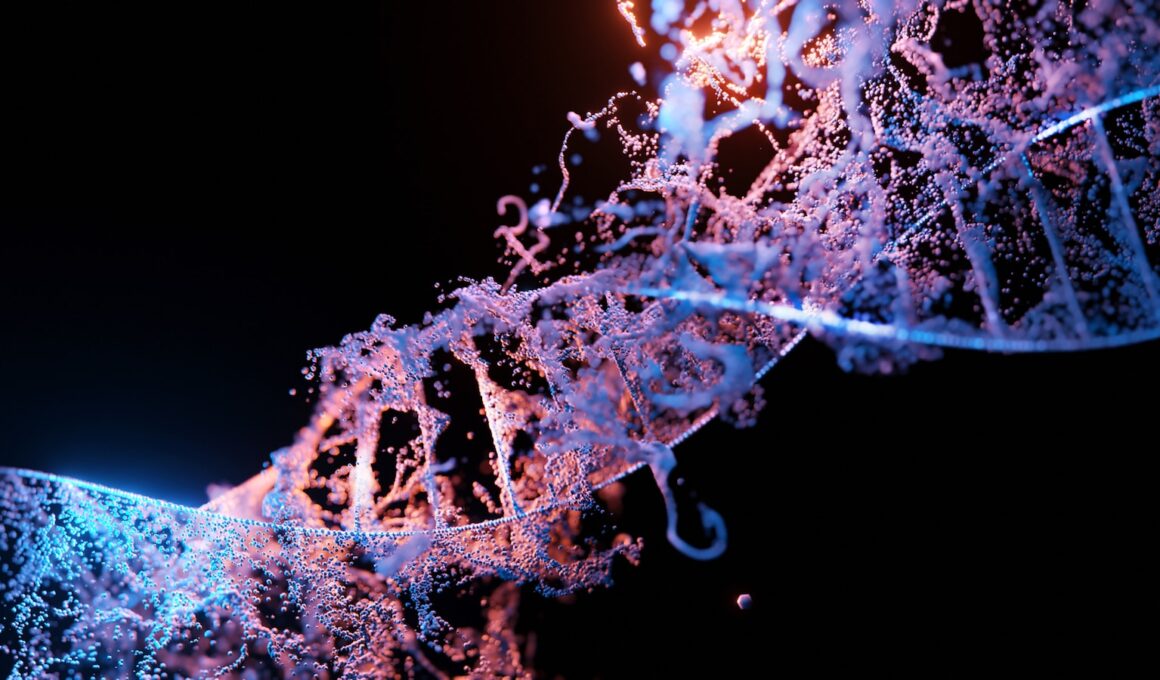Due to the high energy demand for swimming, sperm cells contain large numbers of mitochondria. These organelles are located in a spiral-like pattern in the tail of the sperm.
Textbook drawings of mitochondria show them as long Frankfurter sausage shaped structures. However, they can take on a spherical form in some cell types.
Mitochondria in the head
Mitochondria, the powerhouses of cells, are a set of organelles that produce energy by oxidizing lipids. They are also involved in other vital functions that depend on the cell type where they are located. For example, sperm mitochondria provide the energy needed for acrosome reaction and fertilization. In addition, sperm mitochondria also produce acrosine and creatine. Acrosine is a compound that enables the acrosome to react with sperm egg.
Despite their relatively large size, mitochondria are not well understood. This is partly because it is difficult to isolate intact mitochondria from cells. However, recent advances in this area have made it possible to study sperm mitochondria in their natural environment.
The isolation of sperm mitochondria has revealed that their function is quite complex. They are not only important for sperm motility but also for hyperactivation, capacitation, and the acrosome reaction. This suggests that mitochondrial dysfunction in sperm is one of the causes of male fertility problems.
In order to obtain energy from lipids, mitochondria utilize a multistep process called the carnitine palmitoyltransferase reaction. The first step in this reaction involves the binding of acyl-CoA to mitochondrial membrane proteins. This is followed by a series of intermediate steps that ultimately produces energy. The final step involves the transport of acyl-CoA across the mitochondrial inner membrane. This is accomplished through a protein complex that includes the receptor protein and translocator proteins.
Mitochondria in the middle
During the capacitation phase, human spermatozoa are characterized by an impressive increase in mitochondrial functionality. This increase in functional activity reflects the intense energy required to sustain flagellar movements. Moreover, recent research has demonstrated that this increase in metabolic efficiency correlates with sperm motility.
The majority of the studies conducted on sperm mitochondrial function have been based on the addition of various substrates to intact spermatozoa. However, this approach has serious drawbacks. For example, it is not possible to ensure that the substrates reach mitochondria. Additionally, the substrates may be contaminated by other cell types or apoptotic particles.
In contrast, the use of adenosine triphosphate (ATP) to measure mitochondrial function has significant advantages. In a recent study, researchers found that the ATP-synthase complex in sperm mitochondria is a major regulator of oxidative stress and redox balance. They also discovered that the ATP-synthase activity in sperm correlates with motility and cell concentration.
Another finding from this research is that a pool of carnitine, an essential molecule in the human body, is located inside the mitochondria. This pool is used to transport acyl-CoA across the inner mitochondrial membrane into the matrix. In this way, acyl-CoA is used to generate acetyl-CoA and subsequently to produce ATP.
In addition to supplying adenosine triphosphate, sperm mitochondria also participate in the production of several other bioenergetic molecules. These processes include tricarboxylic acid cycle and mitochondrial oxidative phosphorylation (OXPHOS). In addition, sperm mitochondria also have a unique crescent shape that is formed by disulfide bonds between cysteine- and proline-rich proteins. This structure is called the mitochondrial capsule and provides a mechanically stable and chemically resistant envelope to the sperm mitochondria.
Mitochondria in the tail
Mitochondria in sperm are responsible for producing large amounts of energy and are vital for sperm motility. They are also a key regulator of the acrosome reaction and fertilization. Recently, studies have shown that mitochondrial function correlates with traditional measures of sperm motility. This correlation could lead to new diagnostic methods for male infertility. The study found that sperm with high levels of motility and acrosome activity have higher mitochondrial functionality. This correlation is probably due to the fact that sperm with high mitochondrial functionality have higher levels of ATP production. In addition, sperm with high levels of motility have lower levels of reactive oxygen species (ROS) production.
The acrosome in the head of a sperm cell contains enzymes that help to break down the coating of an egg cell. This process allows sperm cells to enter the egg cell and transfer genetic material during fertilization. The acrosome is also surrounded by a membrane of tightly packed mitochondria.
Researchers from Utrecht University have been able to visualize the shape of the crucial energy producers in sperm cells in unprecedented detail. By doing so, they have discovered that the mitochondria are anchored in a protein array called the cytoskeleton. They are also glued to each other by an array of special linker proteins. They have also uncovered the presence of an enzyme that is essential for the formation of these links.
Mitochondria in the acrosome
The sperm’s head contains mitochondria that provide the energy needed to move forward. These energy-generating organelles break down glucose and other sugars, releasing adenosine triphosphate (ATP) that can be used by the sperm to swim towards the egg cell. This is the first step in fertilization, and it requires a lot of energy. The acrosome also contains enzymes that break down the outer coating of the egg cell, which allows the sperm to enter and combine its genetic material with the egg.
In mammals, a total of 50 to 75 mitochondria are helically wrapped in the midpiece region of the sperm tail. They form a characteristic crescent structure called the mitochondrial sheath. In the sheath, disulfide bonds between cysteine- and proline-rich proteins bind the mitochondria together. The resulting sheath is mechanically stable and resistant to hypo-osmotic conditions, which are characteristic of the sperm environment.
Sperm mitochondria are unique in that they are enriched with carbonic anhydrase and pyruvate dehydrogenase. In addition, they possess a low level of carnitine palmitoyltransferase activity. It is not clear whether this is a physiological or pathological event. It is also not clear why sperm mitochondria are less active than somatic cells.
Studies comparing the functional activities of sperm mitochondria with somatic cells have suffered from many drawbacks. For example, the addition of various substrates did not increase mitochondrial oxygen consumption above the endogenous rate. In addition, sperm mitochondria are difficult to study in standardized conditions.





